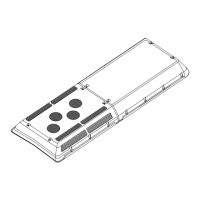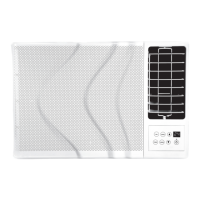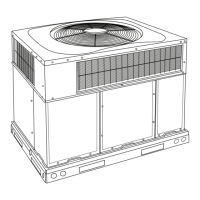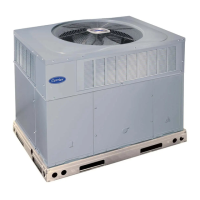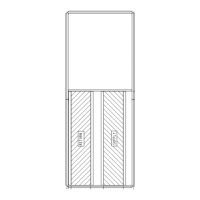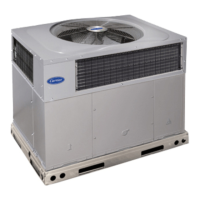Why is my Carrier AC310 Air Conditioner providing insufficient heating?
- KKaitlyn SchultzJul 31, 2025
If your Carrier Air Conditioner is experiencing insufficient heating, it could be due to a dirty or plugged heater core; clean it. Also, check the coolant solenoid valve(s) for malfunctions or blockages, and replace if necessary. Low coolant level, plugged strainers, or closed hand valve(s) may also be the cause. Water pumps may be defective, requiring repair or replacement. The auxiliary heater might also be malfunctioning, needing repair or replacement.
